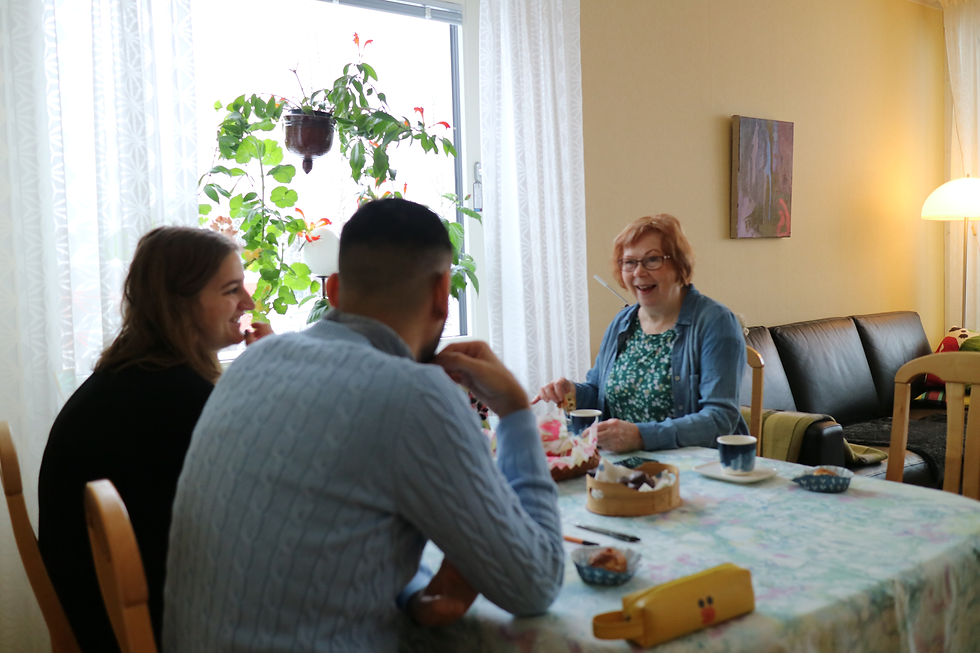
How I design?
I’ve worked across systems, screens, and strategies — but I don’t believe in showing perfect, polished case studies that hide the mess.
This page is a peek into how I actually work: the tools I use, the way I think, and the methods I trust to bring good ideas to life — even when things get complicated.
It's not a portfolio. It's my process.
Research
Discover
Methods: Desktop research, benchmarking, user observation
Why: Build a deep understanding of the problem space and industry landscape.
Engage
Methods: Interviews, co-creation workshops, user ethnography
Why: Hear directly from users and stakeholders to uncover hidden needs.
Synthesize
Methods: Affinity mapping, journey mapping, storytelling
Why: Turn raw findings into insights, patterns, and clear opportunity areas.

One-on-one interviews to uncover stories, frustrations, and hidden needs. The goal isn’t to collect quotes — it’s to understand the why behind every behavior.
Finding the real why
Every design starts with a question — but not always the right one. My first step is to dig deeper, challenge assumptions, and uncover the real problem we’re trying to solve. That means listening more than talking, and finding evidence before making decisions.


Observing
I don’t just collect data — I immerse myself in the user’s world.
Whether it’s shadowing doctors, mapping a day in the life of an elder care worker, or testing tools myself, I look for insights that you can’t get from a spreadsheet.

Mapping journey's
Ethnographic mapping — following a day in the user’s life, step by step, to see where pain points really occur.

Creating stories
Turning dozens of stories into patterns, identifying what’s missing, and prioritizing what matters most.
Heart Failure Device
Case STUDY
Ideation
Co-Create
Methods: Workshops, brainstorming with users
Why: Bring users’ ideas and experiences directly into the creative process.
Explore
Methods: Rapid sketching, concept mapping, technical prototyping
Why: Generate multiple directions and test feasibility earl
Refine
Methods: Digital prototypes, feedback loops, iteration
Why: Evolve the strongest concepts into solutions ready for validation

In co-creation workshops with users, we explored ideas directly from their perspective. These close interactions gave us deeper knowledge of their wishes and inspired solutions grounded in real needs.
Turning patterns into possibilities
With a clear understanding of user needs, I move into ideation — the stage where research turns into possibilities. Through co-creation workshops, rapid sketching, and concept mapping, I explore many directions before narrowing in on the ones with the greatest potential. This is where ideas start to take shape, always anchored in what matters most to the people who will use them.



Form sketching
Early form sketches let me explore shapes, layouts, and interactions quickly — sparking creativity without being constrained by tools or final details.

Technical skeching
I translate concepts into technical sketches, mapping out structure, flows, and functionality to ensure ideas are not only inspiring but also buildable.

Digital
Using Figma, I bring designs to life with interactive prototypes, bridging the gap between vision and implementation while enabling rapid feedback
Phyisical, Technical & Digital
Case STUDY





